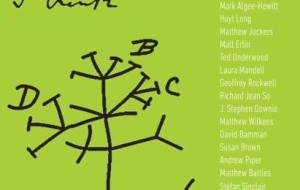>look
The tiny figure crawls out from under the sands. It’s dead.
“You win,” it says. “Okay, my turn again.”
>…
Nothing left to do. Time passes.
The sun crawls higher.
*** SHADE ***
I just finished playing the interactive fiction (IF) Shade (2000) by Andrew Plotkin. A poetic work that plays with the genre without playing for the sake of playing. The meditation on life and the end of the game is for real and fiction. You can see other fictions by Plotkin at Zarf’s Interactive Fiction and/or read a nice review Enlightening Interactive Fiction: Andrew Plotkin’s Shade by Jeremy Douglass (electronic book review: 2008). I also recommend the review as a nice introduction to IF in general.
If you need some hints (as I did) see the comments here (and then enjoy his other posts).

